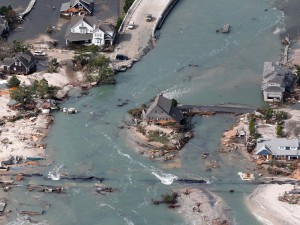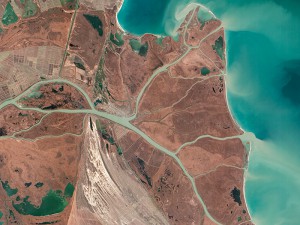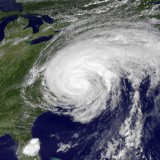Research Themes
Understanding the behavior of climate and the mechanisms that affect it are central concerns among all research initiatives within the Coastal System Group. However, the scope of individual projects often involve more diverse elements. The implications of climate variability are real and low-lying communities already face increased risk from storm driven coastal flooding as sea levels rise and natural shore defenses (reefs and barrier beaches) change shape or drown completely. Research into broad scale oceanic and atmospheric dynamics can require high resolution analysis of coastal environments and the landmasses on the margins.
Climate change is one of the most pivotal issues facing us today; the consequences of which could result in decreased fresh water availability, food scarcity, wide spread flooding, and an increased damage from extreme weather events. In order to understand the magnitude of the current climate trends we must understand what factors contributes to the overall variability, and what climate conditions have been in the past. Only then will we be able to draw informed conclusions about what to expect in the future. READ MORE »
As shore-front infrastructure continues to expand, and the populations inhabiting low-lying coastal environments swell, the impact of long and short term climate variability upon our communities becomes increasingly pronounced. Rising sea level brings the ocean closer to our doorstep, allowing for damage by less intense storms in areas that once were considered high-ground. Research suggests however, as oceans warm, that the densely populated North East United States could experience more powerful storms than have been historically observed, and with greater frequency. READ MORE »
The geometry of the coastline is in constant flux. Coastal erosion is often observed by shorefront communities, but erosion is not the only process at work on the beach, nor is it constrained to a single environment. Landforms grow and shrink. A sand bank may develop at a nodal point in the currents or vanish entirely if the sediment supply is disturbed. Salt marshes keep pace with sea level and help dissipate the wave energy from nearby storms. But a salt marsh can drown. It can be damaged by wave action. READ MORE »






